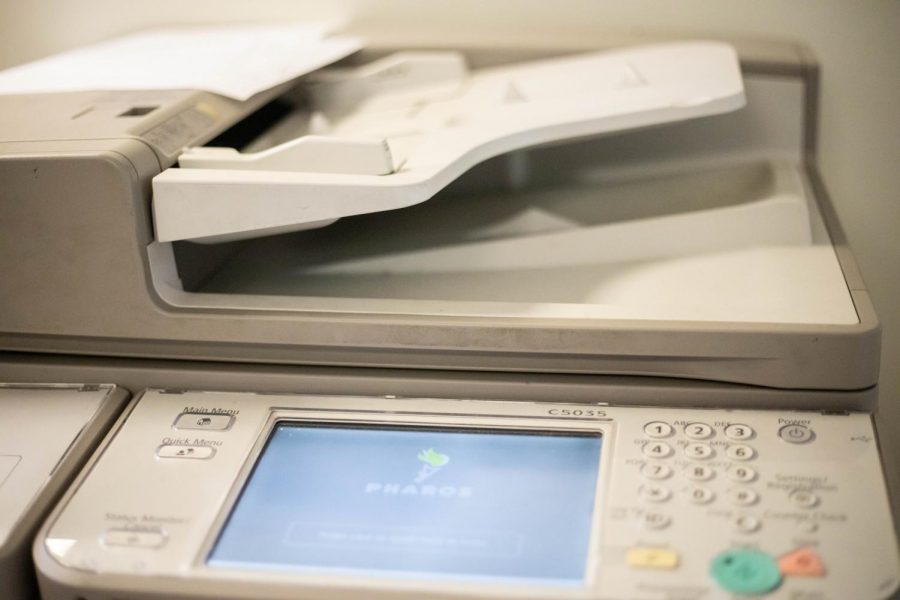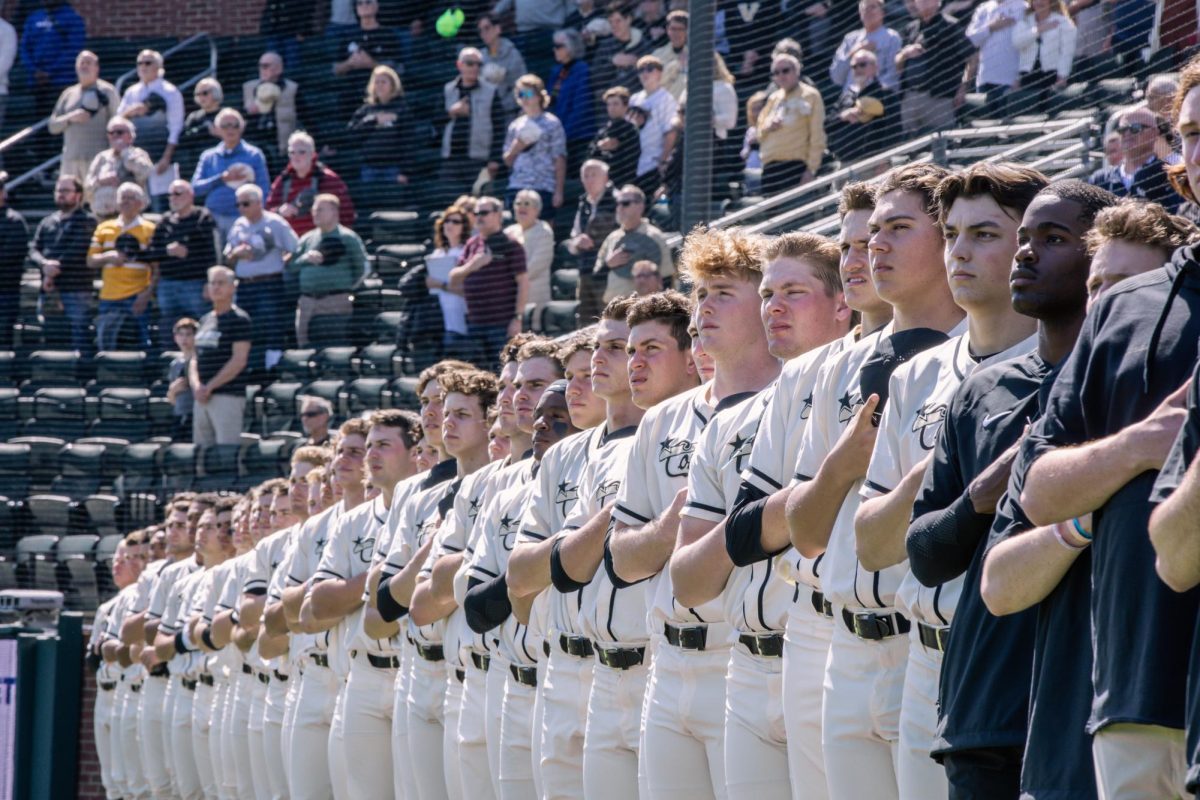Earlier this semester, I wrote a piece regarding laundry costs on campus. In reporting that story, I began to think about some of the other charges associated with student life on campus. In response, I will be looking into some of those costs in a TRACK THE CASH series to determine why they exist, how they compare to other institutions and where the money goes.
Another seemingly small cost on campus is printing. VUPrint is the campus-wide printing system that allows students to print from their personal computers at a number of printers located campus-wide. Students are charged six cents per black and white standard sized (eight and a half by 11) page.
Vanderbilt’s peer institutions have mixed policies regarding student payment for printing. I compared our printing costs to the schools ranked just above and below Vanderbilt in the U.S. News rankings of national universities. Vanderbilt, in 15th place, is surrounded by Brown (one spot above in 14), Notre Dame (tied in 15) and Cornell and Rice (tied for 17).
Brown, Notre Dame and Cornell all provide printing allocations for students, but Rice does not. Brown students get 30 dollars per year, and Notre Dame gives undergraduates ten dollars each semester. At Cornell, beginning this year students will receive 200 free pages of printing each year.
Vanderbilt’s pricing, which increased by a cent per page last school year, is set to cover the cost of paper, toner and the licensing of the VUPrint software, Director of Business Services Technology Mark Brown said. The money collected goes to the Dean of Students Office which puts the money back into paying for these materials. Student printing fees do not cover the price of the printer and the maintenance of the printers.
This price of 6 cents per page is competitive compared to other universities, Brown said. Notre Dame charges students 2 cents for each black and white printed page. Brown University charges 7 cents for a single-sided black and white page, and 10 cents for double sided (meaning 5 cents per side). Cornell reduced their prices this year from 9 cents to 7 cents for the front of a page, and 6 cents for the back of a page.
Vanderbilt has opted to not provide students with a printing stipend because this would entail charging students a technology fee, Brown said. Notre Dame lists a technology fee as part of undergraduate costs. Cornell notes that their fees include covering information technology services. Vanderbilt does not list a technology charge on the fees breakdown.
Should Vanderbilt imbed printing fees in tuition, financial aid could cover that cost, depending on the students’ financial aid plans, said Chris Cook, Bursar of the Office of Student Accounts. Currently, if students have enough financial aid to cover their entire cost of attending Vanderbilt, including Commodore Cash, then students’ financial aid can cover printing, Cook said. It all depends on how much aid students receive.
When looking at student printing profiles, administration can see that students studying certain majors print more than other majors. Charging all students a flat charge as included in some sort of technology fee would force students who never print to subsidize students who print more frequently, Brown said. While the school can see how much students print, administration cannot see what students are printing, according to Brown.
Another reason administration has chosen to keep a charge associated with printing is to discourage students from printing excessively; when there is free printing, students may be inclined to print more than they need, which the school discourages from a sustainability perspective, Brown said. The system will likely not be changing in the near future, he said.
“We want to encourage students to print reasonably, and this is a good way of doing it, but at the same time it’s covering the cost of the program,” Brown said.







